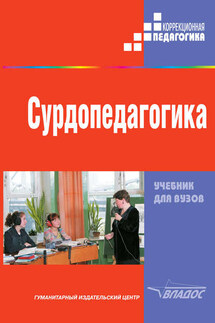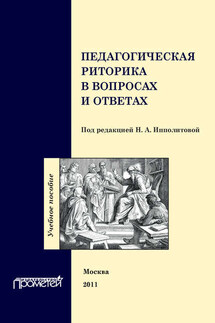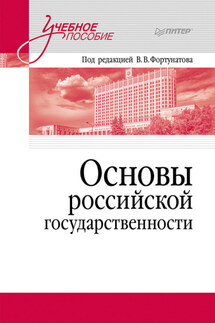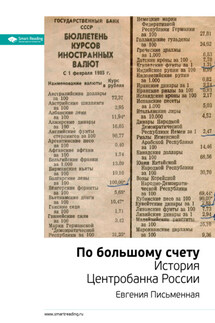The most dynamically developing sector of Kazakhstan’s financial system is banking sector. Any economics is based on objective economic laws, one of which is money circulation. Money cycle happens under the influence of financial institutes and first of all of banks which create the basis for money circulation and are linked with all the branches and sectors of the economic.
Banks provide sponsorship for different forms of entrepreneur- ships of producing and nonproducing spheres, managing sphere and supply budget with necessary funds. Either the banks carry a two-way traffic of money borrowed. Development of the State payment system, national currency stability, growth of economics and human wellbeing depend on condition and reliability of the banking system. It stipulates the necessity of qualification level quality improvement of the banking specialists.
This study guide consistently and intelligibly describes the basic questions of the course «Money. Credit. Banks» shows the basic theoretical and practical knowledges of banking, its organization, peculiarities and problems of development. In substantial plan this study guide satisfies the requirements of the State educational standard with a specialization in «Finance» and the program of the course «Money. Credit. Banks.»
The study guide reveals the meanings of money, money circulation, monetary system, the essence of credit functions, credit system, bank, banking, bank operations and the modern picture of Kazakhstan’s banking system, its structure and the basic directions of modernization and also the National Bank of Kazakhstan activity organization, its functions, essence and bank operations content are reviewed.
A special attention is paid to the questions of commercial banks’ activity organization, to the meanings of proprietary and borrowed resources.
The active operations of commercial banks are described in sufficient detail, as traditional (credit provision and transactions in securities) and far less the case in banking practice (leasing, forfeiting, factoring, trust and exchange operations). The meanings and classifications of banking risks, methods of their control are noticed.
Such approach allows to support the logic of the study guide exposition and to examine deeply the learned categories.
The application examples are exemplified from the banking activity experience. Illustrations (schemes, drawing, diagrams and tables) provide the easiest study of reviewed themes.
During this study guide publishing the National Bank of Kazakhstan’s law and regulations were used and the works of famous Kazakh and Russian economists Khamitov, G.S. Seitkassimov, Sh.R.Abdilmanova, S.Zh.Yntykbayeva, U.M. Iskakov, O.I. Lavrushina, Z.G. Shirinskaya, E.F. Zhukov, etc.














